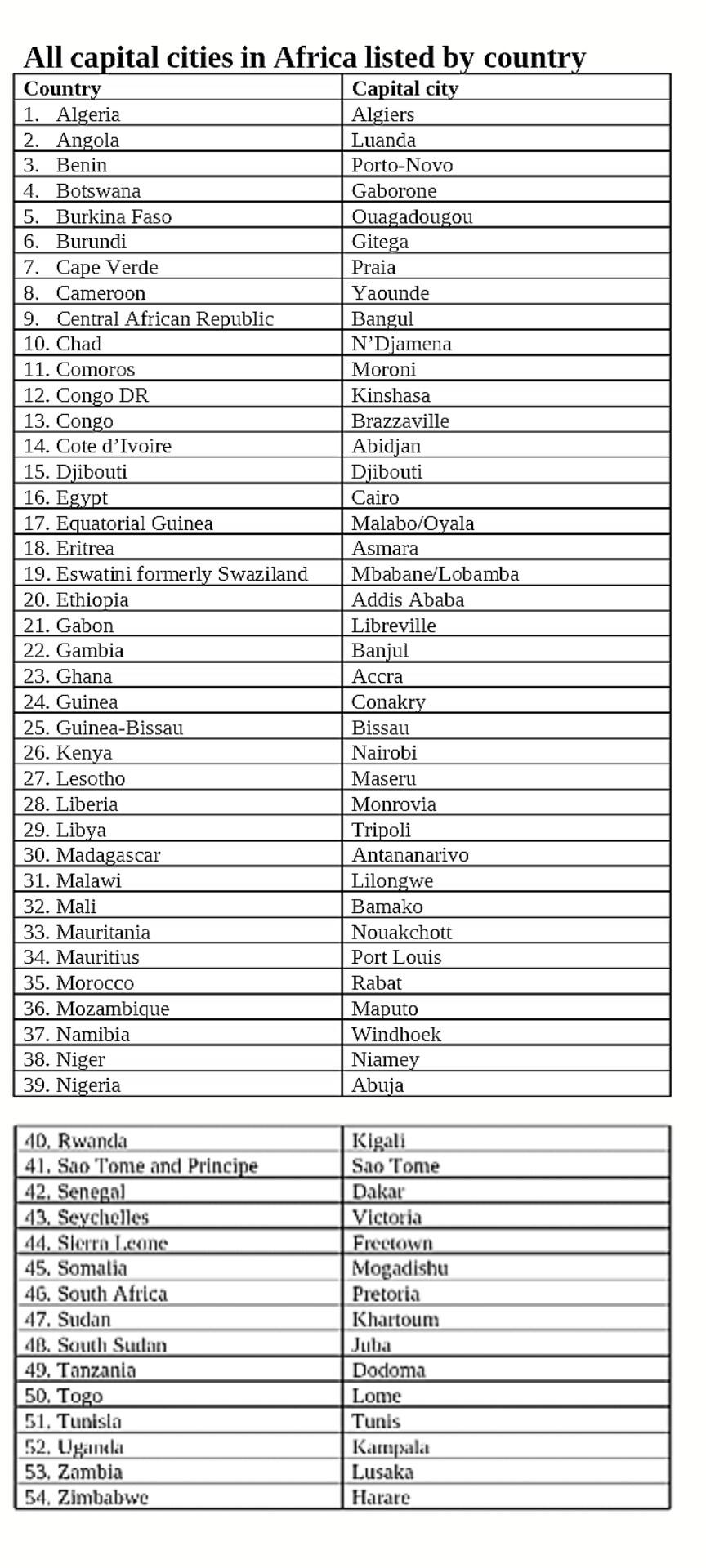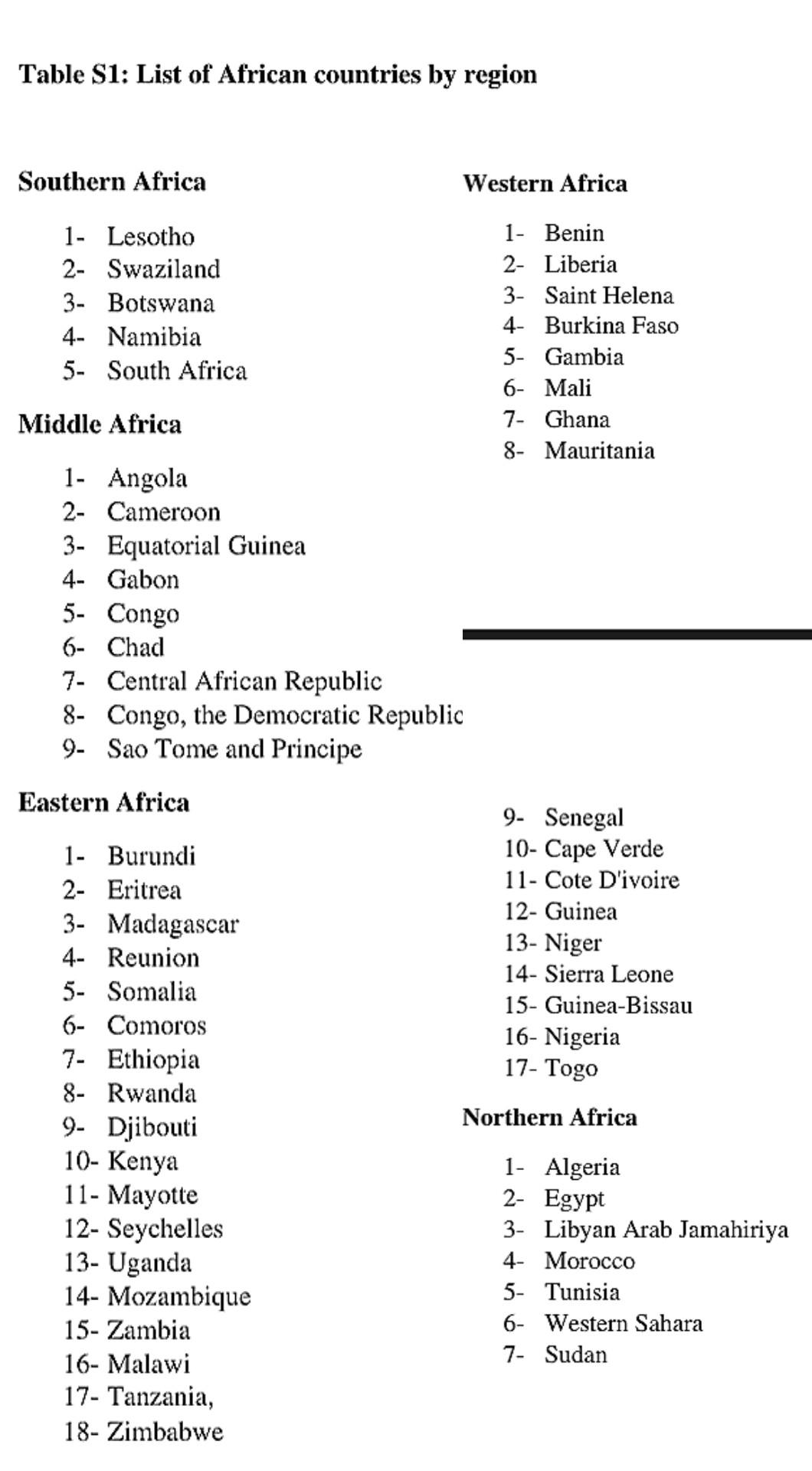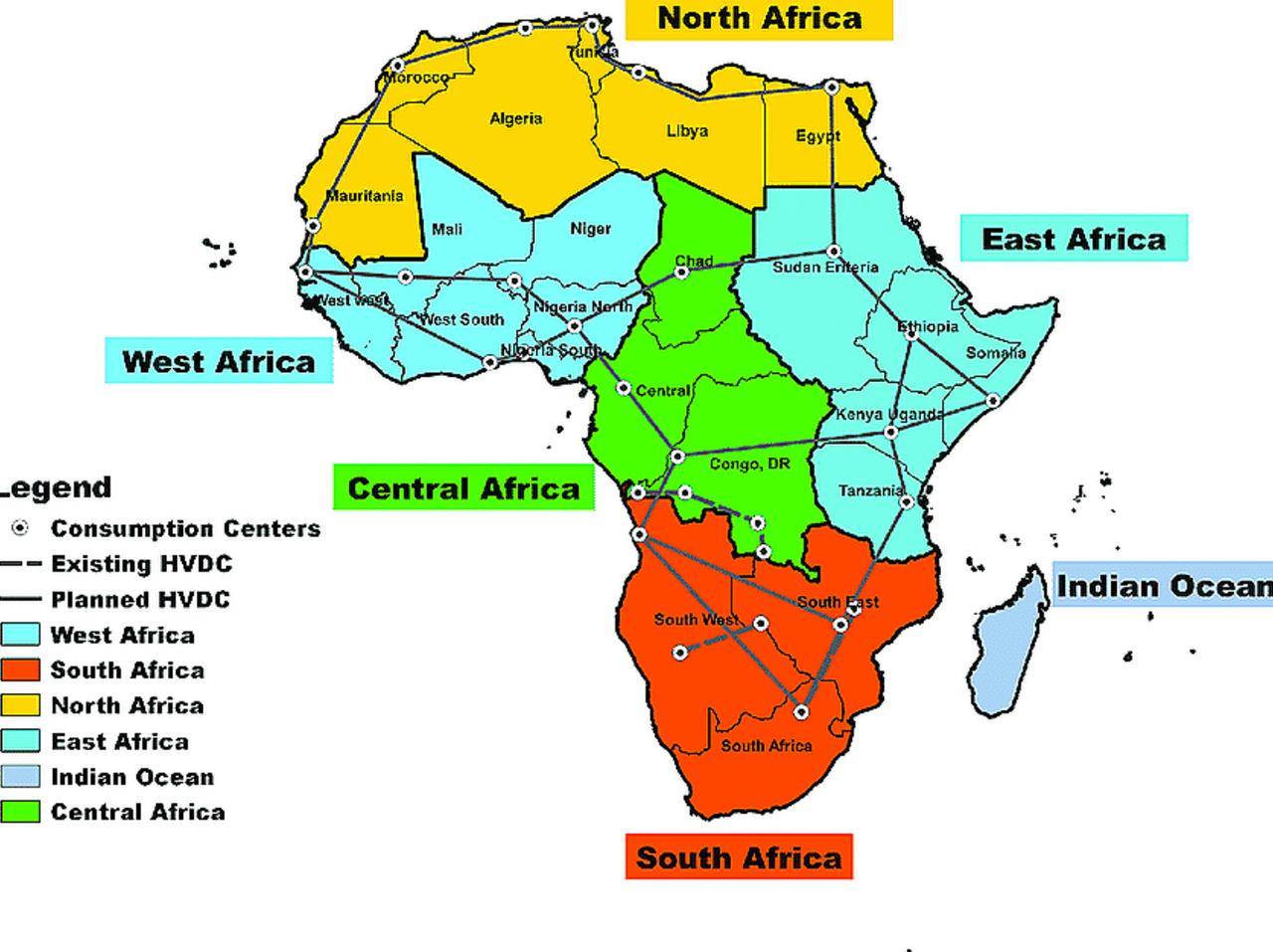Website designed with the B12 website builder. Create your own website today.
Start for free
Africa, a continent rich in history and diversity, is home to 54 recognized countries, each with its own unique capital city. Understanding how many countries are in Africa and their capitals is essential for anyone looking to grasp the complexities and cultural richness of this vast region. From the bustling streets of Cairo to the vibrant markets of Nairobi, the capitals serve as both political hubs and cultural epicenters, reflecting the diverse traditions and histories of the nations they represent.
Geographically, Africa is divided into four cardinal points: north, south, east, and west. Each region showcases its distinct characteristics and development levels, making it crucial to explore the regional location of African countries. While there are challenges, many nations are making significant strides toward development. In this blog post, we will examine the top 10 most developed countries in Africa, illuminating their achievements and potential for future growth. Join us as we delve into the intricate tapestry of Africa, revealing its countries, capitals, and the promising paths they are forging toward progress.
Understanding how many countries are in Africa and their capitals
Africa is made up of 54 recognized countries, each with its own unique culture, history, and political system. From the vast deserts of the Sahara in the north to the lush rainforests of the central region, the continent showcases incredible diversity. Some key countries include Nigeria, with Abuja as its capital; Kenya, where Nairobi stands as the heart of the nation; and South Africa, which boasts three capitals: Pretoria, Bloemfontein, and Cape Town. Knowing the capitals of these countries is essential, as they serve as hubs for governance, commerce, and culture, reflecting the identity of each nation.

As we delve deeper into Africa, it becomes clear that each country plays a significant role in the continent's overall landscape. The capitals not only host important government buildings but also represent the pulse of economic and social activities within their respective nations. For example, Addis Ababa, the capital city of Ethiopia, serves as the headquarters for the African Union and symbolizes unity among African nations. Understanding how many countries there are in Africa and their capitals is vital for appreciating the region's geopolitical dynamics and rich tapestry of human experience.
Exploring the regional location of African countries in the four cardinal points
Africa is a vast continent comprising 54 recognized countries, each with its own unique geographical and cultural identity. When examining the countries by their cardinal locations, it becomes clear how diversity shapes the continent. In the northern region, countries like Egypt and Libya sit near the Mediterranean Sea, showcasing a rich blend of history and culture. The central part of Africa houses nations like the Democratic Republic of the Congo and Central African Republic, boasting lush rainforests and rich biodiversity. Meanwhile, the eastern sector features countries such as Kenya and Ethiopia, known for their stunning landscapes and wildlife, while southern Africa is home to nations like South Africa and Zimbabwe, offering a mix of urban development and natural wonders.

Note countries like Angola, Zambia, Zimbabwe, Malawi, Mozambique, are in the South Central and South Eastern Africa, all in the Southern Region of Africa. And Burundi is Central Eastern Africa, in the Middle Region of Africa.
Understanding these regional divisions not only enhances our knowledge of geography but also shines a light on the socio-economic dynamics within the continent. Each region presents unique opportunities and challenges that impact development. For instance, North African countries often benefit from trade with Europe, while East African nations are experiencing growth in tourism and agriculture. In contrast, central Africa grapples with issues related to infrastructure and governance. By appreciating the geographical distribution of African countries, we can better grasp the varied paths toward development that these nations navigate, contributing to a more comprehensive understanding of Africa as a whole.
Top 10 most developed countries in Africa: A closer look at progress and potential
Africa is home to a diverse range of nations, each with unique strengths and challenges contributing to their overall development. The top 10 most developed countries in Africa showcase impressive advancements in areas such as infrastructure, governance, and education. Countries like Mauritius, Seychelles, and Botswana lead the continent in terms of Human Development Index (HDI) rankings, reflecting their focus on sustainable economic growth and social well-being. These nations have implemented effective policies and invested heavily in technology and innovation, fostering environments ripe for business and attracting foreign investment.
In contrast, nations such as Nigeria and South Africa, despite their significant resources and potential, face hurdles that hinder their overall development. However, their large populations and dynamic economies provide opportunities for future growth. Gabon and Namibia also feature on the list due to their efforts in improving healthcare, education, and economic stability. As we continue to explore the progress of these countries, it becomes clear that investing in infrastructure, education, and governance will be essential for fostering development and transforming the continent into a powerhouse of opportunity in the coming years.
